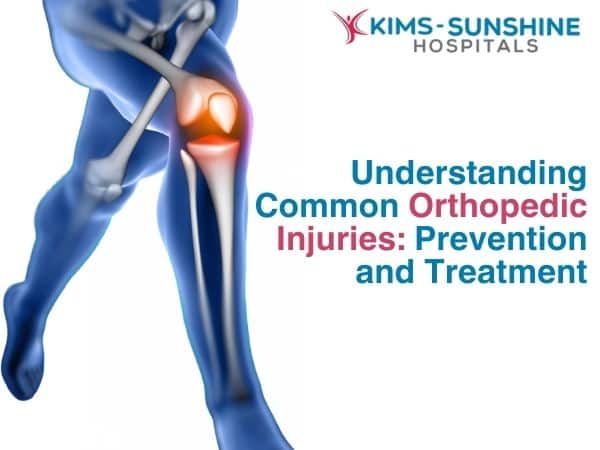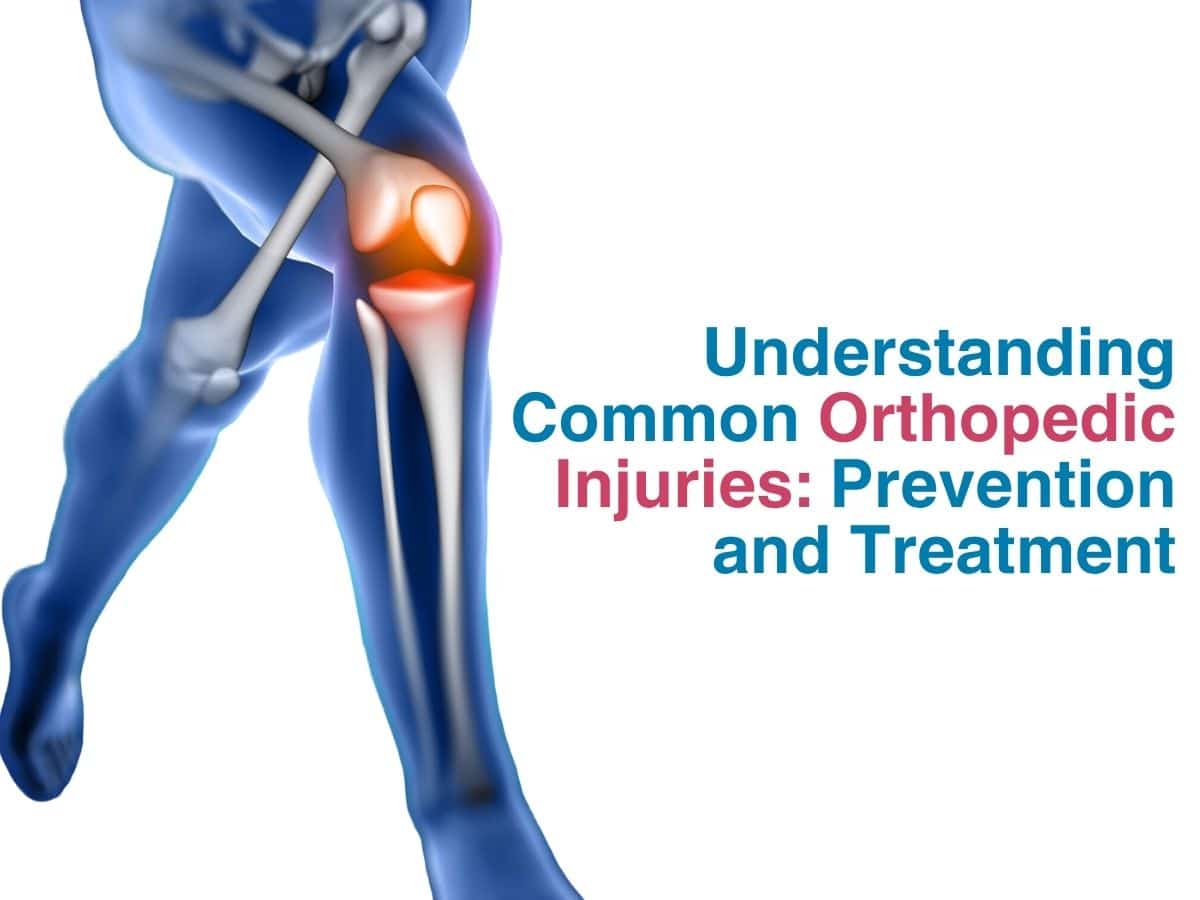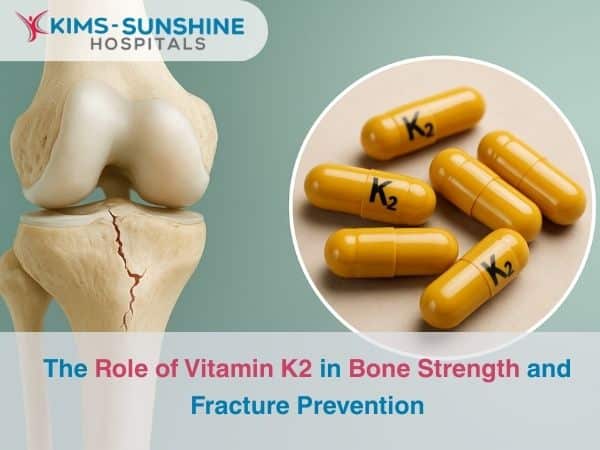
Understanding Common Orthopedic Injuries: Prevention and Treatment

Orthopedic injuries are all too familiar to many, from the occasional sprained ankle to more severe fractures. These injuries can disrupt daily life and cause significant discomfort. By understanding the types of injuries, their causes, and how to prevent and treat them, it becomes easier to maintain a healthy and active lifestyle.
Common Orthopedic Injuries
Sprains and Strains
Sprains occur when ligaments, the sturdy bands of tissue connecting bones, are overstretched or torn. They often affect the ankles and wrists and can range from mild to severe.
Strains involve the stretching or tearing of muscles or tendons, the tissues connecting muscles to bones. They frequently occur in the back and hamstrings, often due to sudden or excessive use.
Fractures
A fracture is a break in the bone, which can vary from a tiny hairline crack to a complete break. The most common types include closed fractures (where the bone does not pierce the skin) and open fractures (where the bone protrudes through the skin).
Dislocations
Dislocations happen when bones in a joint are forced out of their normal position. The shoulder, knee, and fingers are the most commonly dislocated joints, often due to trauma or extreme force.
Tendinitis
Tendinitis is the inflammation of a tendon, usually caused by repetitive strain or overuse. It most commonly affects the shoulder, elbow, and knee, leading to pain and limited movement.
Bursitis
Bursitis involves inflammation of the bursae, small fluid-filled sacs that cushion bones and tendons. This condition often affects the shoulder, elbow, or hip, resulting in pain and swelling.
Preventing Orthopedic Injuries
Strengthening Exercises
Regular strengthening exercises are crucial for building muscle support around joints. This reduces the risk of injuries by enhancing stability and resilience. Focus on exercises that strengthen major muscle groups and support joint function.
Correct Technique and Equipment
Using proper techniques during physical activities and sports can help prevent injuries. Ensure you are equipped with the right gear, such as well-fitting shoes and protective equipment, tailored to your specific activity.
Flexibility and Warm-Up
Always warm up and stretch before engaging in physical activities. This helps prepare muscles and joints, reducing the risk of strains and sprains by increasing flexibility and blood flow.
Ergonomics
Good posture and ergonomics are vital, particularly during prolonged periods of sitting or repetitive tasks. Proper setup at workstations and mindful movements can prevent strain and injury.
Rest and Recovery
Allowing adequate time for rest and recovery between intense activities is essential. Overuse can lead to chronic issues, so balancing activity with proper rest is key to long-term health.
Treating Orthopedic Injuries
Rest and Ice
For minor injuries, rest and applying ice can significantly alleviate pain and swelling. Resting the affected area helps prevent further damage and aids in the healing process.
Medication
Over-the-counter nonsteroidal anti-inflammatory drugs (NSAIDs) can provide relief from pain and inflammation. Always use these medications as directed by a healthcare professional.
Physical Therapy
Physical therapy is a crucial component of rehabilitation. It involves specific exercises and techniques designed to restore function, strength, and flexibility to the injured area.
Surgical Intervention
For severe fractures, dislocations, or persistent injuries that do not improve with conservative treatment, surgical intervention may be required. This can range from minimally invasive procedures to more complex surgeries.
Lifestyle Modifications
Adopting lifestyle changes such as managing weight, engaging in appropriate physical activity, and making ergonomic adjustments can support recovery and prevent future injuries.
Conclusion
Orthopedic injuries, while common, do not have to derail an active lifestyle. By understanding these injuries, implementing preventive measures, and seeking timely treatment, it is possible to manage and recover from them effectively. For any persistent or severe symptoms, consulting a medical professional ensures the most appropriate and effective care for a speedy recovery.
Frequently Asked Questions
What’s the quickest way to handle a minor injury like a sprain?
Follow the updated R.I.C.E method: Rest, Ice, Compression, Elevation, and now Evolve—gradually introduce light movement to maintain mobility and prevent stiffness.
When should someone see a doctor for joint pain?
If joint pain persists beyond a week or is accompanied by swelling, limited movement, or instability, it’s time to consult a professional. Early intervention can prevent long-term damage.
Are there new treatments for tendon injuries?
Though regenerative therapies like PRP (Platelet-Rich Plasma) and stem cell treatments are trending and showing promising results in healing tendon injuries, it’s still too early to accept them as standard of care. One must tread with caution while accepting such therapies.
When is surgery necessary for orthopedic injuries?
Surgery is typically necessary for severe cases, such as complex fractures, significant joint dislocations, or conditions that do not improve with non-surgical treatments like physical therapy or medication. The type of surgery required depends on the nature and severity of the injury and can range from minimally invasive procedures to more extensive operations.

Dr. Kushal Hippalgaonkar
MBBS, DNB (Orthopaedics)
Consultant Orthopaedic Surgeon






